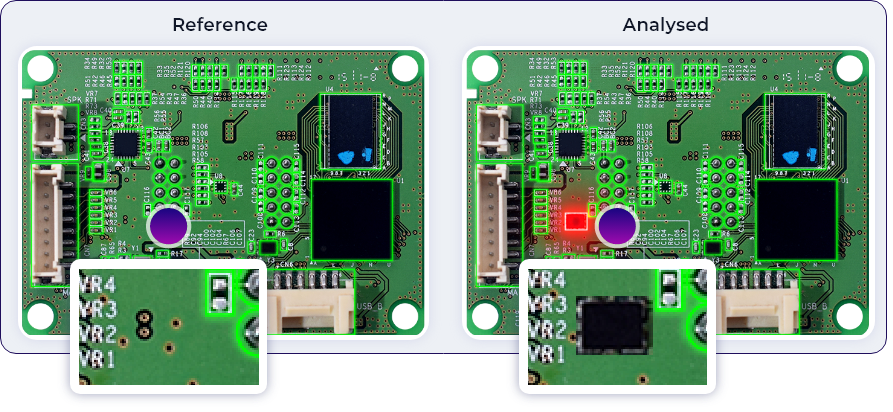Abstract
1. Introduction
The reliability and security of modern electronic systems are increasingly challenged by component-level anomalies, including counterfeit parts, unauthorized modifications, and assembly inconsistencies[1,2,3]. These issues are particularly critical in domains such as aerospace, medical, energy infrastructure, and defense electronics, where undetected deviations can have severe functional or national security implications[4]. Although automated optical inspection (AOI) systems are standard in electronics manufacturing, their capabilities are largely limited to rule-based checks for component presence or orientation, leaving more subtle, security-relevant issues undetected [5,6,7,8,9].
Recent advances in deep learning and pattern recognition offer new opportunities to enhance visual inspection using AOI-generated images[10,11,12]. These high-resolution images, which are already captured during manufacturing, can serve as a valuable source of structured data for detecting anomalies based on shape, marking consistency, placement geometry, and surface features. However, traditional AOI systems do not leverage this potential due to their reliance on static rules and limited image interpretation.
The need for secure hardware assurance has become increasingly urgent in light of recent revelations concerning supply chain vulnerabilities. A May 2025 investigative report by Reuters revealed that rogue communication devices, undocumented wireless modules, were discovered embedded in Chinese-manufactured solar inverters deployed across U.S. infrastructure [13]. These components, not listed in the product documentation, enabled covert remote access and bypassed existing cybersecurity protections. This incident underscores the critical gap between software-level defenses and the physical verification of hardware, especially when undocumented modifications remain invisible to conventional traceability and inspection tools. A related and widely publicized example is the “Big Hack,” in which printed circuit board assemblies (PCBAs) were allegedly implanted with rogue components to facilitate cyber-espionage against infrastructure and government-controlled systems [3]. Together, these incidents illustrate the need for systematic, scalable, and intelligent methods to verify the physical integrity of hardware—beyond what rule-based inspection or supply chain documentation alone can provide.
This paper presents a deep learning–based visual inspection framework that applies object detection and segmentation models to AOI image data. The system learns expected visual and spatial patterns from reference board assemblies and identifies deviations indicative of tampering, component substitution, rework, or contamination. We evaluate the performance of this framework across production-grade and degraded board conditions and demonstrate its ability to detect security-relevant anomalies with high precision and low false-positive rates. By enabling scalable, image-based verification of electronic assemblies, this approach contributes a critical layer to secure hardware assurance frameworks.
1.1. Limitations of Existing Inspection Practices
2. Method
2.1. Limitations of Existing Inspection Practices
2.2. Object Detection [22]
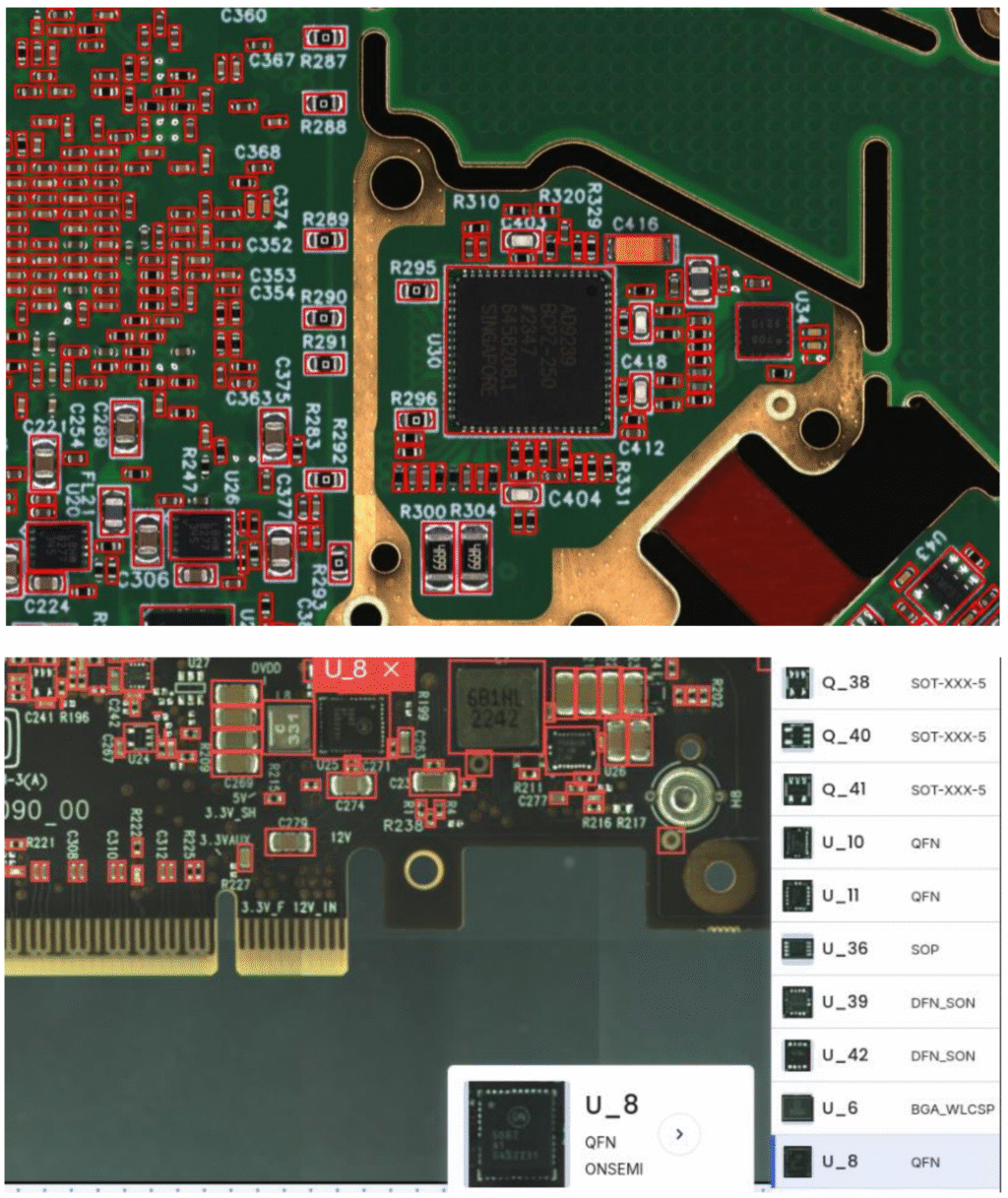
2.3. Component Segmentation
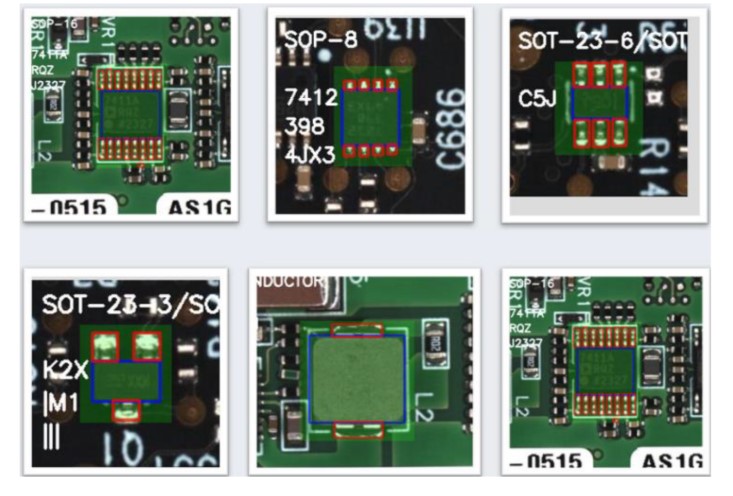
2.4. Anomaly Detection Pipeline
3. Experimental Results and Case Studies
3.1. Evaluation of Detection and Segmentation Models
-
Clean AOI images from production environments aligned with CAD data,
-
Cleaned scrap boards scanned under controlled conditions, and
-
Uncleaned scrap boards representing worst-case scenarios including oxidation, broken components, and noise.
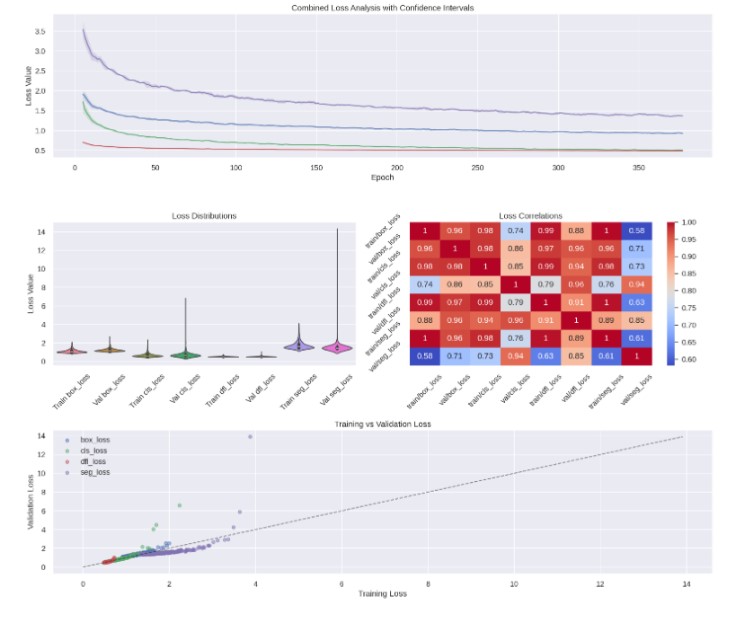
| Board Condition | F1 Score | Precision | Recall |
|---|---|---|---|
| Pristine AOI Image | 0.96 | 0.96 | 0.96 |
| Clean Scrap Board | 0.92 | 0.89 | 0.96 |
| Dirty Scrap Board | 0.82 | 0.78 | 0.89 |
| Average | 0.90 | 0.88 | 93.7 |
| Class | Precision | Recall | mAP50 |
|---|---|---|---|
| Body | 0.911 | 0.919 | 0.961 |
| Pad | 0.975 | 0.934 | 0.978 |
| All | 0.943 | 0.927 | 0.969 |
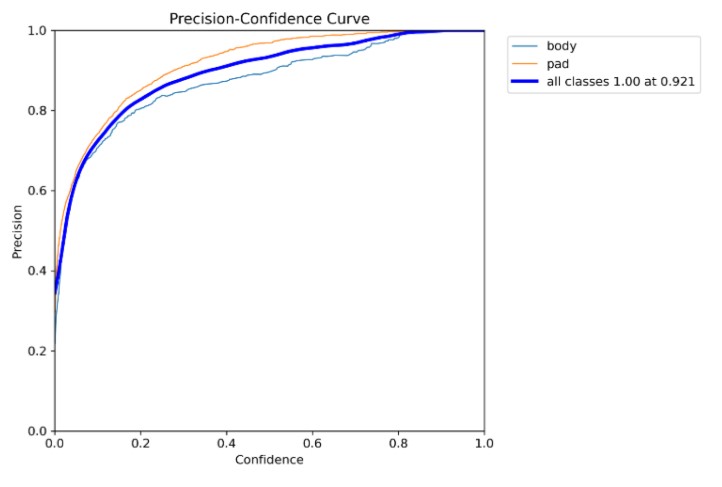
3.2. Real-World Detection Case Studies
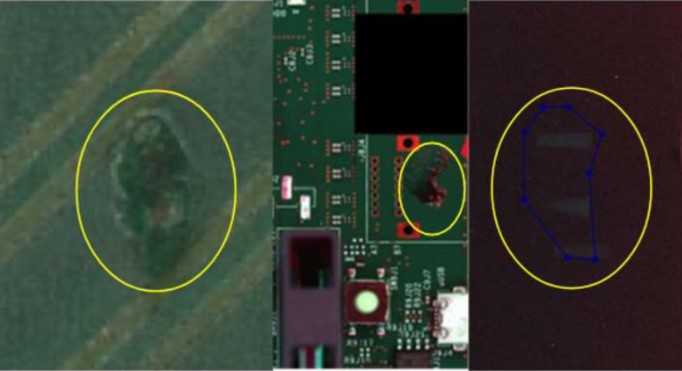
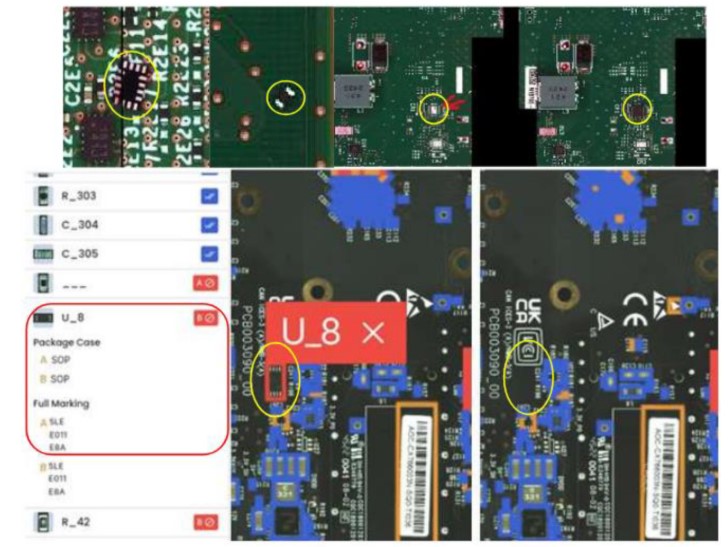
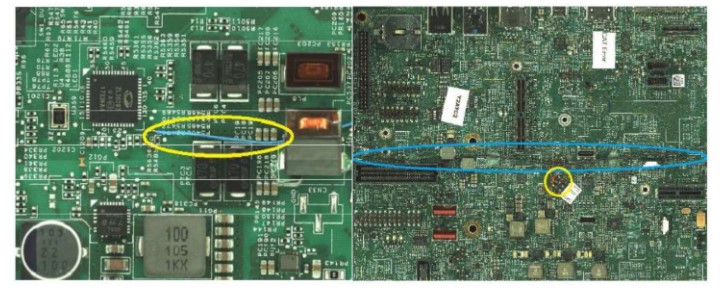
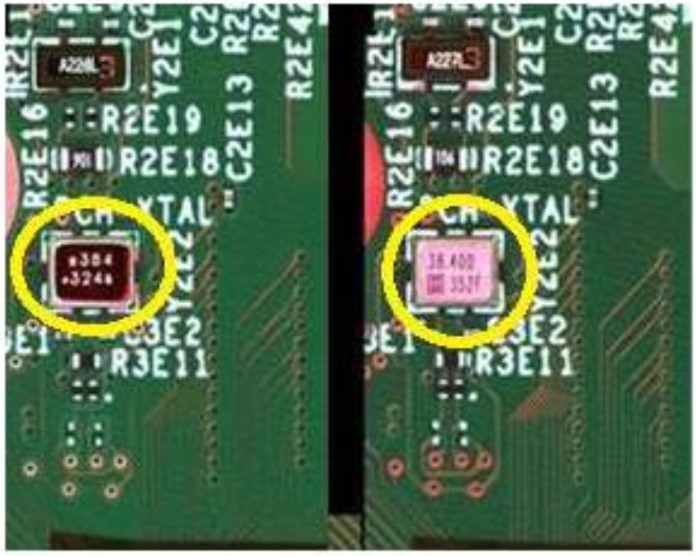
3.3. Scalability and Throughput
-
>99.3% anomaly detection accuracy
-
<0.5% false positive rate
-
<1% false negative rate
4. Discussion
5. Conclusion
Acknowledgments
References
- Tehranipoor, M.M.; Guin, U.; Forte, D. Counterfeit Integrated Circuits. In Counterfeit Integrated Circuits; Springer, 2015; pp. 15–36. [Google Scholar]
- Report, a S. Counterfeit Parts : Increasing Awareness and Developing Countermeasures Counterfeit Parts : Increasing Awareness And. T, 2011.
- Mehta, D.; Lu, H.; Paradis, O.P.; Mukhil, M.A.; Rahman, M.T.; Iskander, Y.; Chawla, P.; Woodard, D.L.; Tehranipoor, M.; Asadizanjani, N. The Big Hack Explained: Detection and Prevention of PCB Supply Chain Implants. ACM J Emerg Technol Comput Syst 2020, 16. [Google Scholar] [CrossRef]
- Representatives, H. DEFENSE SUPPLY CHAIN DOD Needs Complete Information on Single Sources of Supply to Proactively Manage the Risks. 2017.
- Reshadat, V.; Kapteijns, R.A.J.W. Improving the Performance of Automated Optical Inspection (AOI) Using Machine Learning Classifiers. In Proceedings of the 2021 International Conference on Data and Software Engineering (ICoDSE); IEEE, 2021; pp. 1–5. [Google Scholar] [CrossRef]
- Meyer, L.; Josefsson, B.; Vrotsou, K.; Westin, C.; Lundberg, J. Evaluation of an AOI Mapping and Analysis Tool for the Identification of Visual Scan Pattern. In Proceedings of the 2021 Ieee/aiaa 40th digital avionics systems conference (dasc); IEEE, 2021; pp. 1–8. [Google Scholar] [CrossRef]
- Tong, X.; Yu, Z.; Tian, X.; Ge, H.; Wang, X. Improving Accuracy of Automatic Optical Inspection with Machine Learning. Front Comput Sci 2022, 16, 1–12. [Google Scholar] [CrossRef]
- Ni, Y.-S.; Chen, W.-L.; Liu, Y.; Wu, M.-H.; Guo, J.-I. Optimizing Automated Optical Inspection: An Adaptive Fusion and Semi-Supervised Self-Learning Approach for Elevated Accuracy and Efficiency in Scenarios with Scarce Labeled Data. Sensors 2024, 24, 5737. [Google Scholar] [CrossRef] [PubMed]
- Chen, I.-C.; Hwang, R.-C.; Huang, H.-C. PCB Defect Detection Based on Deep Learning Algorithm. Processes 2023, 11, 775. [Google Scholar] [CrossRef]
- Weiss, E. Advancements in Electronic Component Assembly: Real-Time AI-Driven Inspection Techniques. Electronics 2024, 13, 3707. [Google Scholar] [CrossRef]
- Weiss, E. Electronic Components Provenance Assurance Through AI and Big Data in Assembly Processes. 2024. [Google Scholar]
- Weiss, E. Counterfeit Mitigation by In-Line Deep Visula Inspection Available online: http://iconnect007.uberflip.com/i/1440051-smt007-jan2022/87?
- Sarah Mcfarlane Rogue Communication Devices Found in Chinese Solar Power Inverters. Reuters, 2025.
- Razak, G.M.; Hendry, L.C.; Stevenson, M. Supply Chain Traceability: A Review of the Benefits and Its Relationship with Supply Chain Resilience. Production Planning and Control 2023, 34, 1114–1134. [Google Scholar] [CrossRef]
- Rosales, P. Traceability in the Electronics Manufacturing Industry. 2021.
- Schuitemaker, R.; Xu, X. Product Traceability in Manufacturing: A Technical Review. Procedia CIRP 2020, 93, 700–705. [Google Scholar] [CrossRef]
- Corallo, A.; Latino, M.E.; Menegoli, M.; Pontrandolfo, P. A Systematic Literature Review to Explore Traceability and Lifecycle Relationship. Int J Prod Res 2020, 58, 4789–4807. [Google Scholar] [CrossRef]
- Weiss, E. Electronic Components Provenance Assurance Through AI and Big Data in Assembly Processes. IEEE Trans Compon Packaging Manuf Technol 2024, 1–1. [Google Scholar] [CrossRef]
- Sarkar, T.S.; Maitra, S.; Chakraborty, A.; Saha, A.; Chowdhury, J.; Mukhopadhyay, D. X-Factor: Deep Learning-Based PCB Counterfeit Detection Using X-Ray CT Techniques for Hardware Assurance. In Proceedings of the Proceedings of the 21st ACM International Conference on Computing Frontiers: Workshops and Special Sessions; 2024; pp. 25–34. [Google Scholar] [CrossRef]
- Yang, H.; Liu, Y.; Xia, T. Defect Detection Scheme of Pins for Aviation Connectors Based on Image Segmentation and Improved RESNET-50. Int J Image Graph 2024, 24, 2450011. [Google Scholar] [CrossRef]
- Weiss, E. Electronic Component Analytics and Traceability Available online: www.cybord.ai.
- Li, J.; Gu, J.; Huang, Z.; Wen, J. Application Research of Improved YOLO V3 Algorithm in PCB Electronic Component Detection. Applied Sciences 2019, 9, 3750. [Google Scholar] [CrossRef]
- Zhao, X.; Dou, X.; Zhang, G. An Image Processing Technique for Optimizing Industrial Defect Detection Using Dehazing Algorithms. PLoS One 2025, 20, e0322217. [Google Scholar] [CrossRef]
|
Disclaimer/Publisher’s Note: The statements, opinions and data contained in all publications are solely those of the individual author(s) and contributor(s) and not of MDPI and/or the editor(s). MDPI and/or the editor(s) disclaim responsibility for any injury to people or property resulting from any ideas, methods, instructions or products referred to in the content.
|

